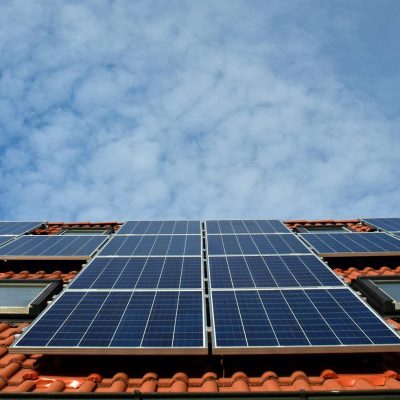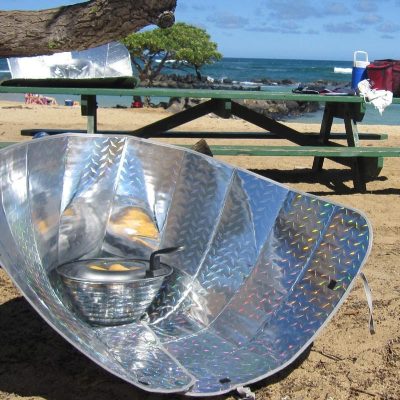
There are two varieties of solar energy facilities. Depending on how the solar energy is transformed into electricity—either through photovoltaic or “solar cells,” or through solar thermal power plants—they are distinguished from one another.
SOLAR POWER PLANTS
A photovoltaic cell, often known as a solar cell or PV, is a device that uses solar energy to generate electricity. Typically, silicon alloys are used to create photovoltaic cells.
Solar photons impact the surface of a photovoltaic cell sandwiched between two semiconductors.
The photoelectric effect is a characteristic of certain semiconductors that causes them to photons and emit electrons. Electricity, or currents of electricity, are used to collect the absorb electrons.
SOLAR THERMAL POWER PLANTS
By focusing the sun’s energy, a solar thermal plant produces heat and electricity. This produces steam, which in turn fuels a generator and a turbine to generate power.
There are two varieties of solar thermal power plants:

1) Parabolic troughs
The most prevalent kind of solar thermal plant is this one. A “solar field” typically consists of numerous parallel rows of solar parabolic trough collectors. They focus the sun at 30 to 100 times its usual intensity using parabola-shaped reflectors.
The process involves heating a certain kind of fluid, which is then gathered in one place and superheated, high-pressure steam is produced.

2) A solar-powered tower
This system concentrates and reflects the sun’s energy onto a central receiving tower using hundreds to thousands of flat sun-tracking mirrors called heliostats. The energy can be focused up to 1,500 times more than what the sun provides.
In the western German state of Juelich, there is a test solar power tower. It uses more than 2,000 sun-tracking mirrors to reflect and focus the sun’s energy onto a 60-meter-high central receiver tower over an area of 18,000 square metres (194,000 square feet).
The tower’s air is heated to a maximum temperature of 700 degrees Celsius using concentrated solar radiation. In a boiler, the heat is trapped and used to generate power.
SOLAR PV POWER PLANTS
There are three varieties of solar PV power plants
1: Grid-interactive Solar Power System / On-Grid Solar Power System
In this type of system, known as net metering, which requires government approvals, you will save the per-unit amount multiplied by the units generated by your solar system. When your home’s electricity consumption is low and solar generation is high, your solar system will feed the excess energy into the grid/electric company. Your solar system will take the extra energy from the grid or electricity provider and feed it into your home when your electricity consumption is high and solar generation is low.
2: Standalone or Off-Grid Solar Power System
This method is utilised when there is no energy or grid or when a backup is needed to protect against power outages. Additionally, if someone wants to produce their own green energy in some circumstances! This is a battery-based system, therefore the energy produced by the solar panel is stored in the batteries that are connected to this system (no government intervention is necessary in this scenario). When the grid is unavailable or there are no daylight hours, you can still use this technique to run some necessary appliances and equipment.
3: Hybrid solar power system
This solar system combines off-grid and on-grid solar power. If your household’s electricity needs are lower than the energy produced by your solar system, any excess energy will be stored in batteries that are linked to this system. Batteries will be used to supply any excess electricity needs if household use is higher than solar energy production. If the amount of electricity consumed by the home is less than the amount of energy produced by solar panels and the batteries are fully charged, the extra energy is fed into the grid or electricity department.


